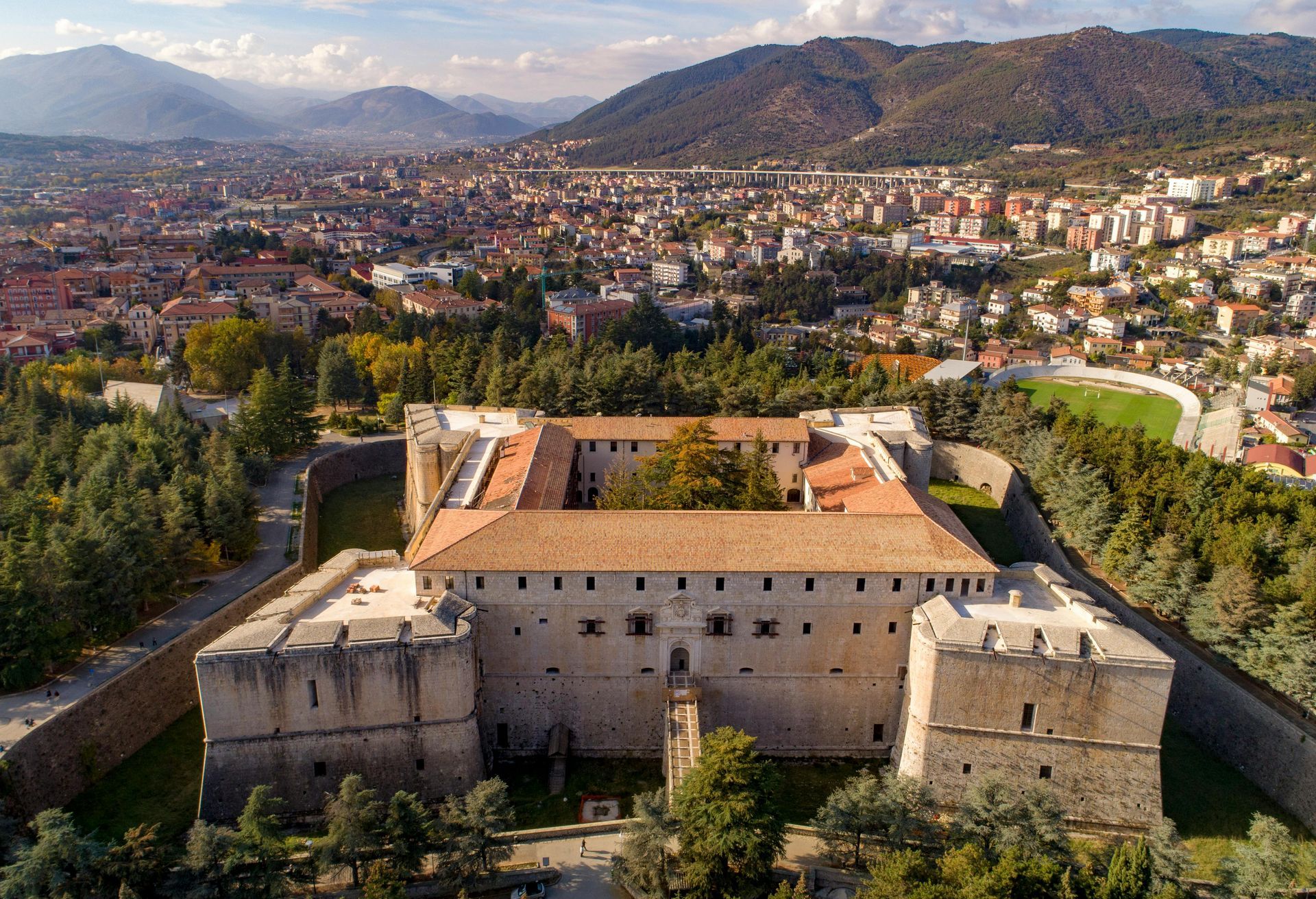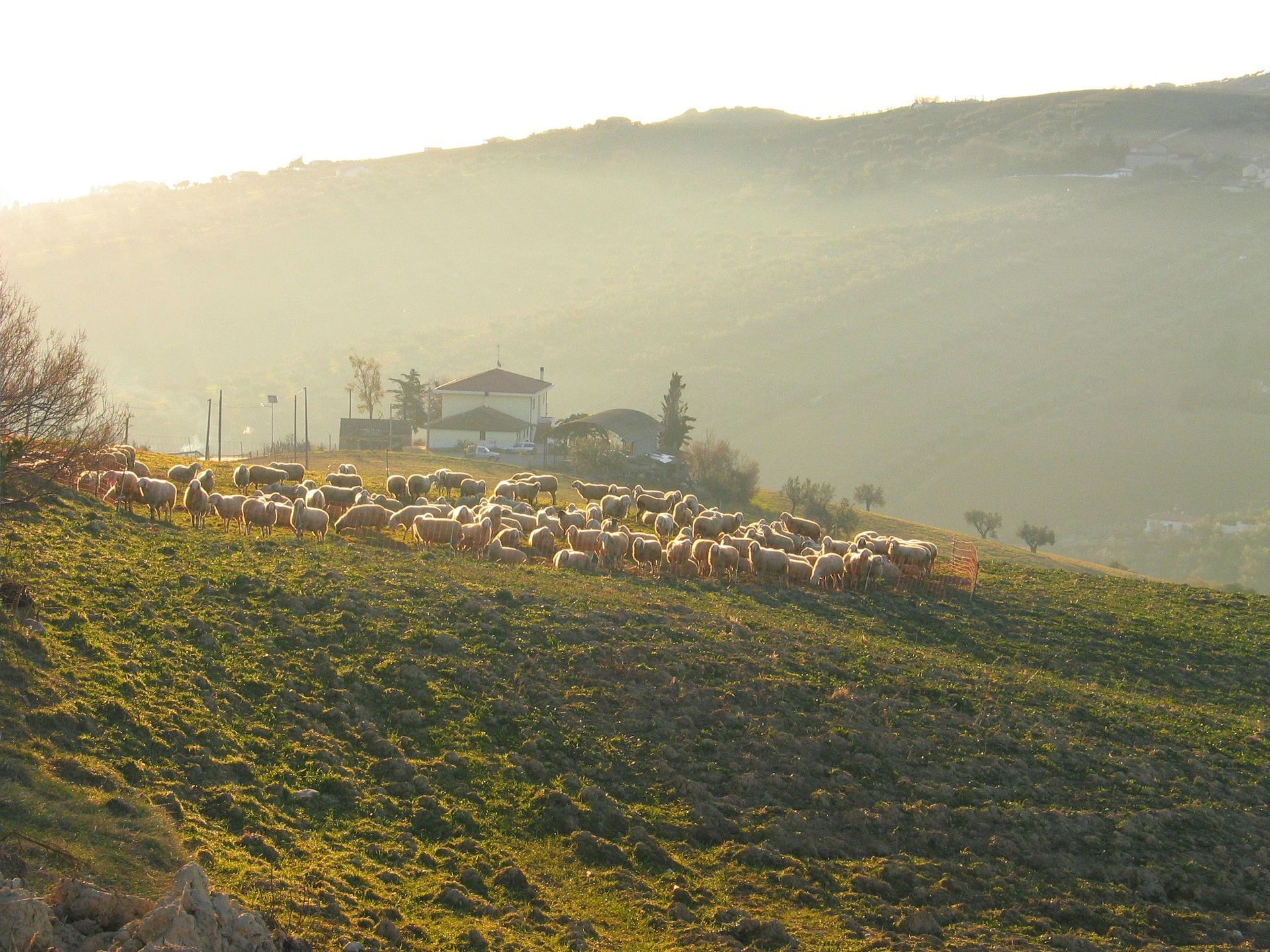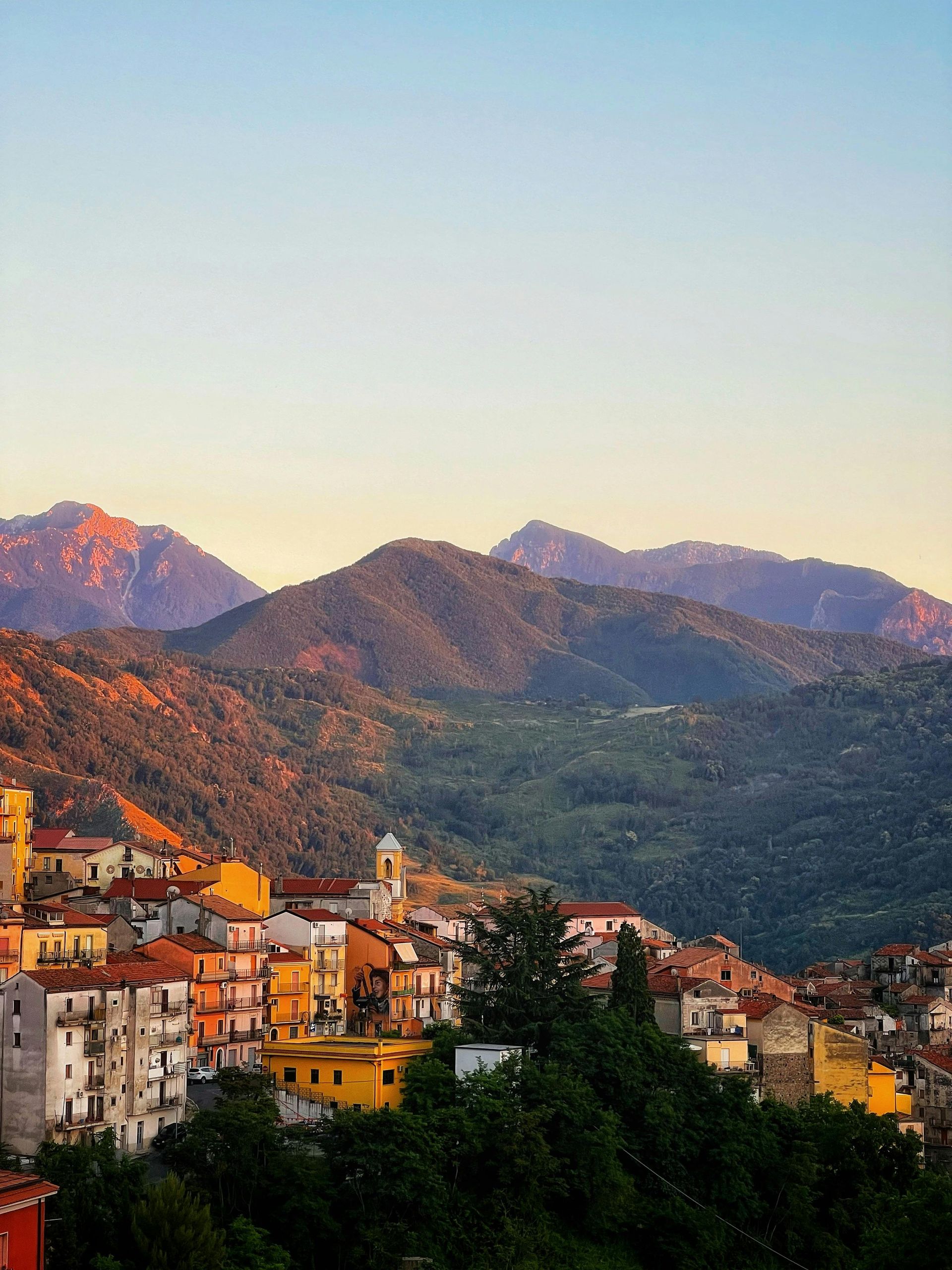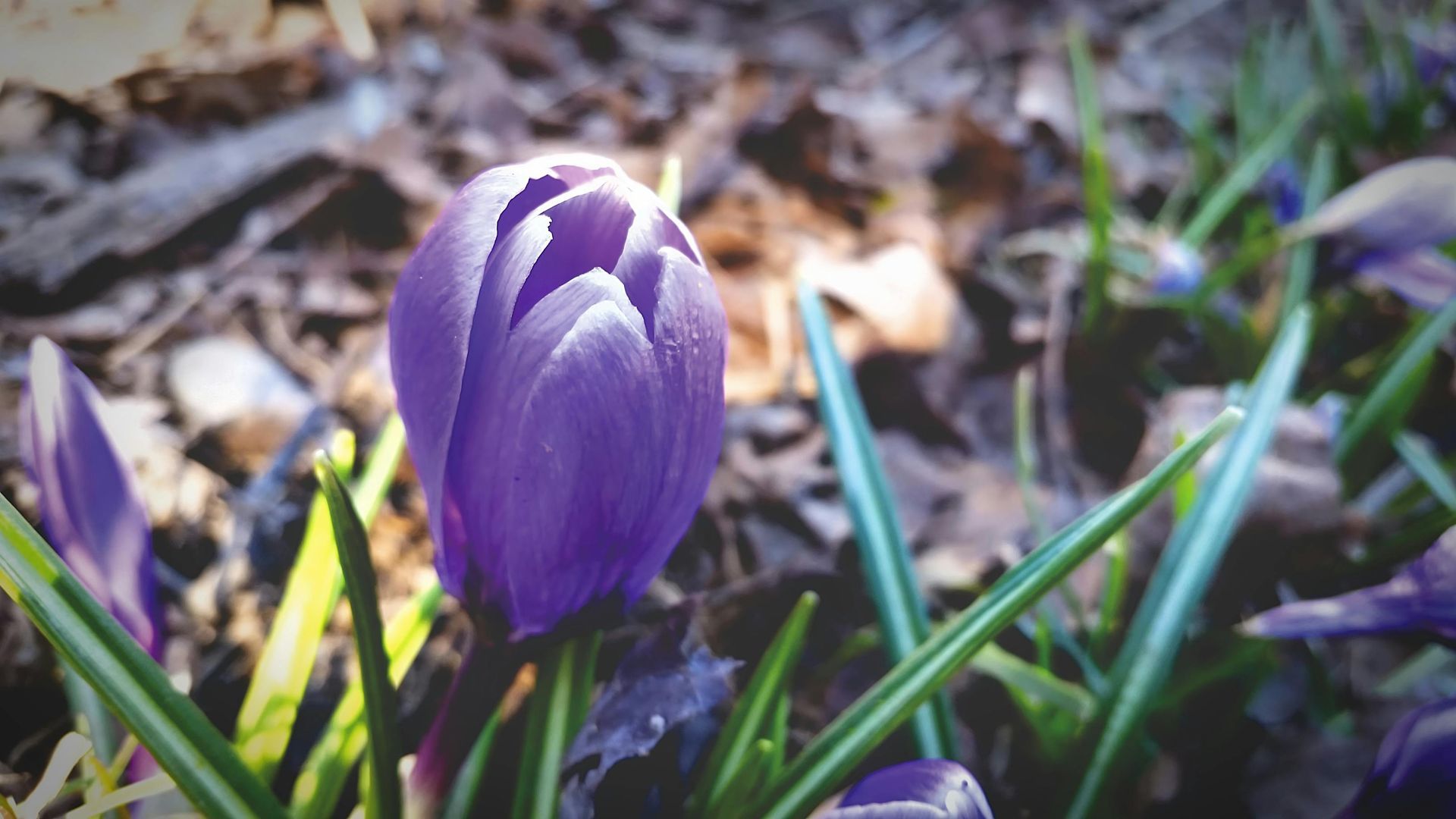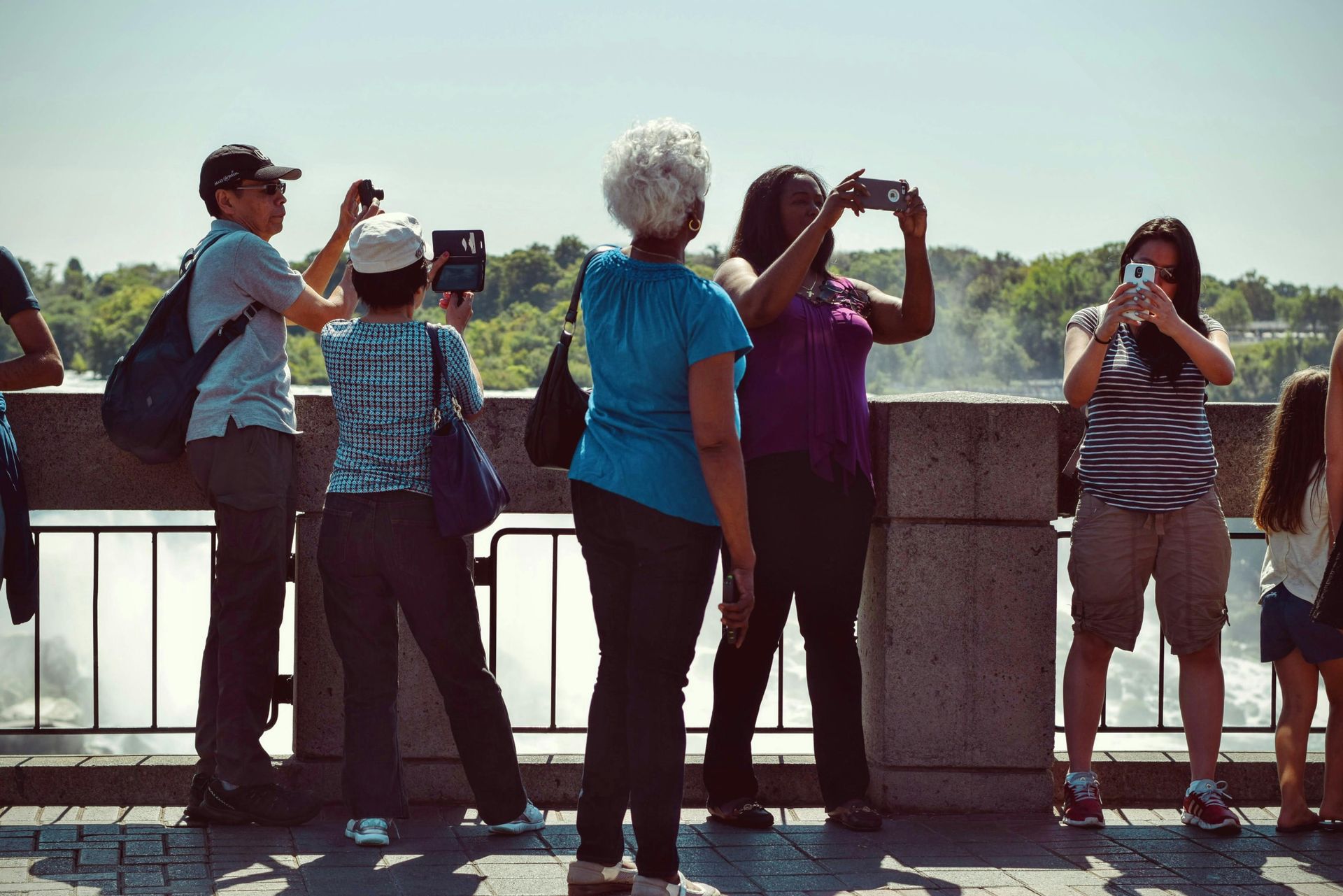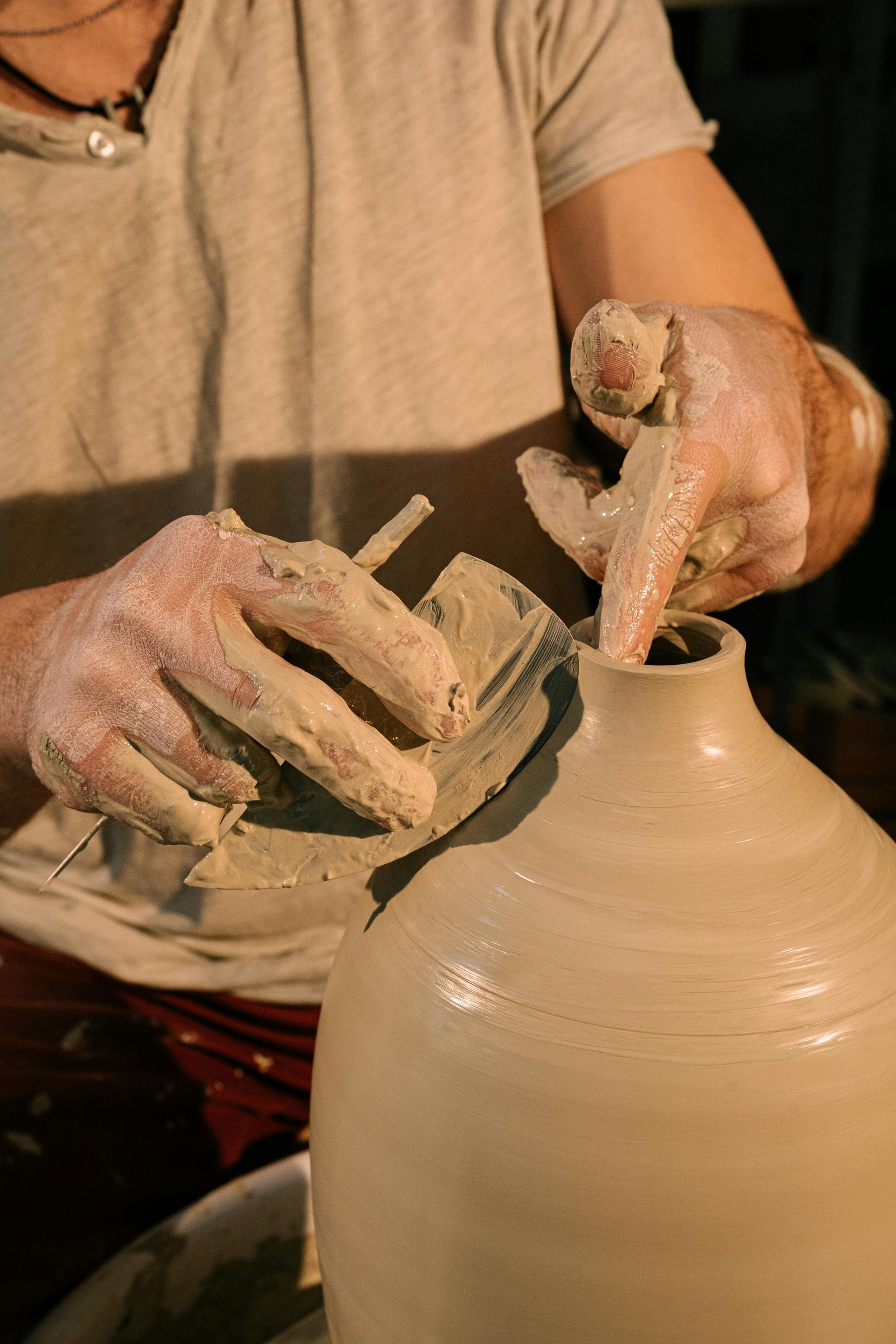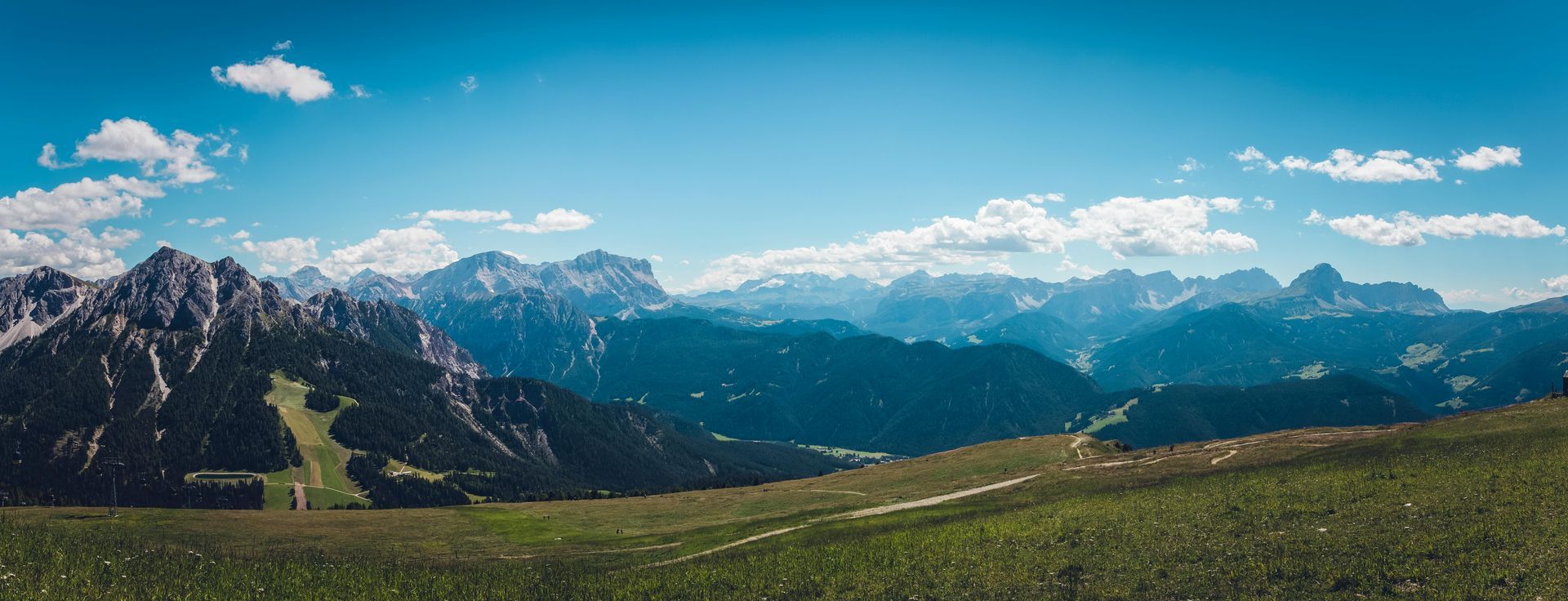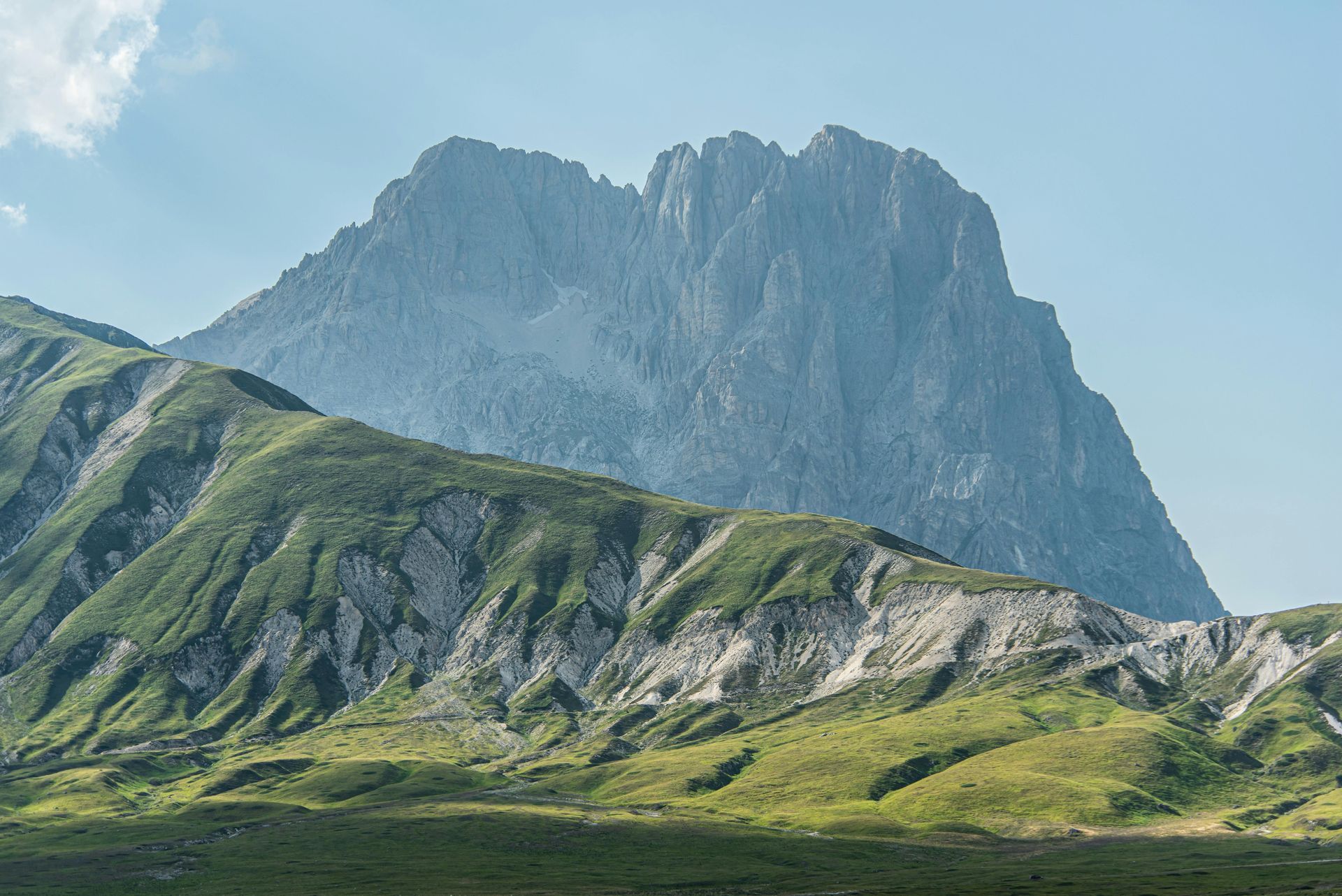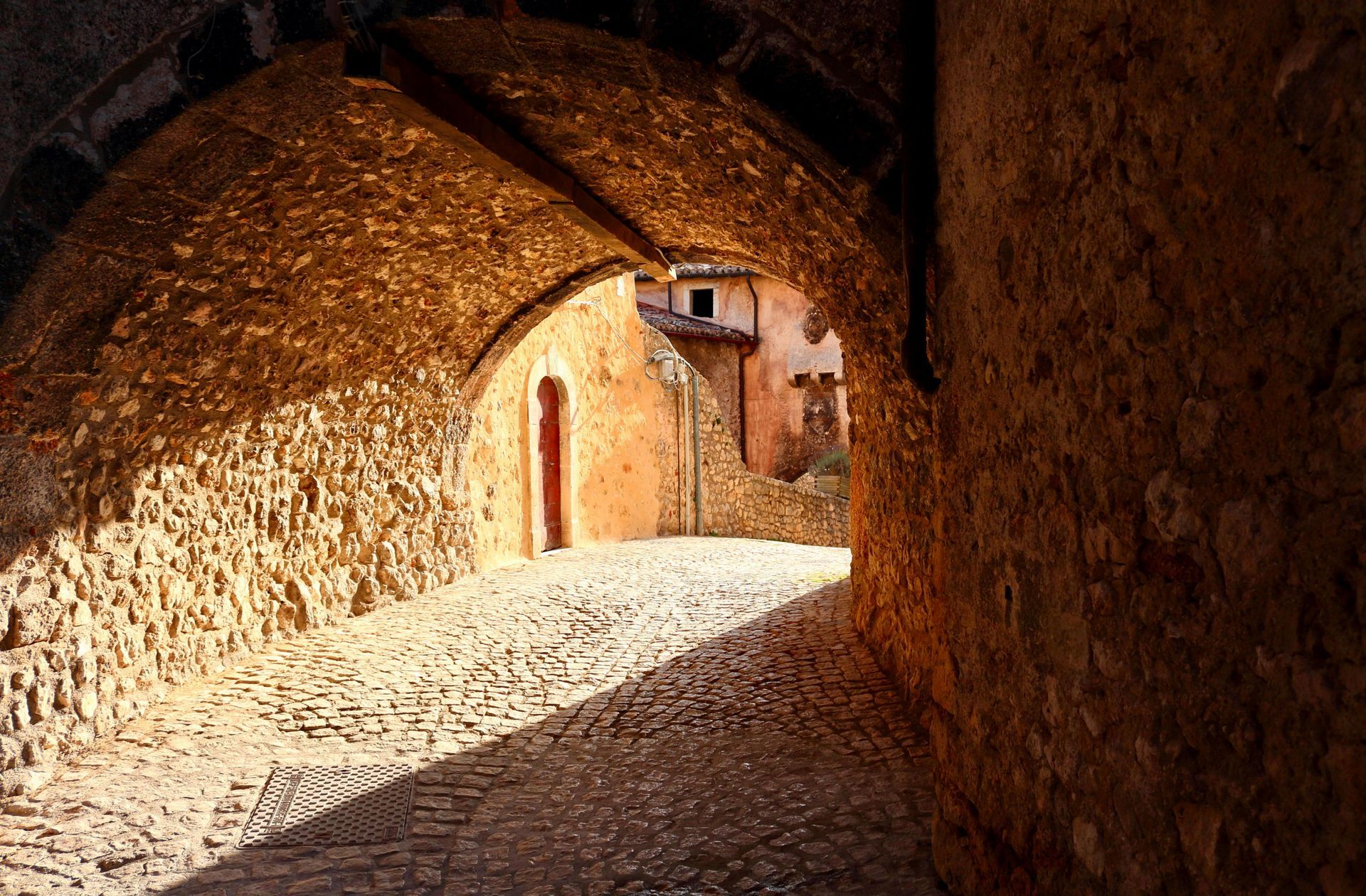Guido, the founder’s story
A personal journey that gave birth to borGO
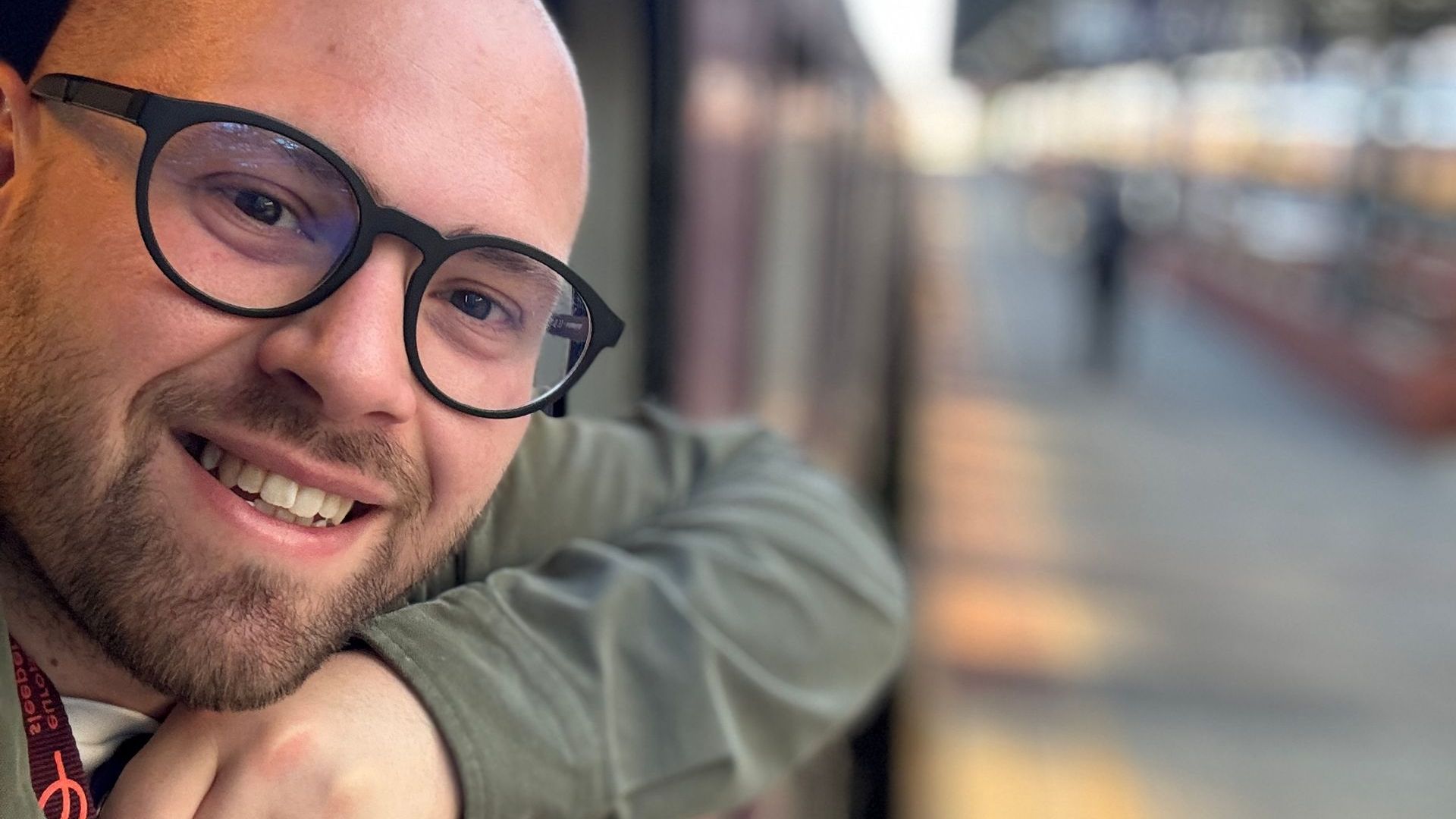
My early years in Villamagna
I grew up in a small village in Abruzzo, called Villamagna.I was lucky enough to be raised close to my grandparents, and they were the ones who passed on to me the beauty of our traditions through stories, sayings, and everyday memories.
My grandfather on my father’s side would take me into the countryside, among trees and soil, teaching me the rhythm of nature. My maternal grandmother, who lived in the city, would tell me about the wisdom of the elders and share her childhood memories of life in the countryside.
Every visit, every story, had something special. They gave me a world made of simple, genuine things. Back then, I didn’t know it yet, but those emotions would come back to shape my future in ways I couldn’t imagine.
The moment I chose to leave
After high school, I made the decision to leave Italy. At the time, I felt like the country couldn’t give me what I was looking for. Between personal struggles and professional ambitions, I didn’t feel surrounded by the right energy.
Part of my family had always lived abroad — in Switzerland, Canada, Venezuela. Talking to them opened my eyes. I kept asking myself: Why don’t things work the same way back home?
I was angry.I carried a kind of frustration — almost resentment — towards Italy. It felt like a place full of closed doors, especially for young people. So I left, carrying that weight with me for many years.
Where the idea for borGO was born
The idea for borGO came during my Erasmus exchange in Valencia, Spain. One night, I couldn’t sleep, and my mind kept racing.
Why do countries like Spain know how to celebrate their traditions, while in Italy, they’re often seen as outdated? Why can’t we tell a different story about Abruzzo — something real, something alive?
When you live abroad, you start asking yourself these kinds of questions — even when you’re still young. And that night, those thoughts became something more.
That’s when I started imagining borGO: A project built to share my homeland with people looking for authenticity, depth, and connection.
Beyond Italy: learning from others to rediscover yourself
In the Netherlands, I studied in an international environment, surrounded by people from over 100 different cultures and nationalities — from Sweden to Malta, Sri Lanka to Congo, Colombia to the Faroe Islands. Every lunch, every dinner was a cultural exchange, a chance to learn new traditions, ways of thinking, ways of living. Those shared meals became real-life lessons.
During those years, I travelled a lot for work and out of personal curiosity. I met people from all over the world. Talking to them, living alongside them, changed me. Gradually, I began to look at Italy through different eyes — more open, more mature, more eager for authenticity.
When the pandemic hit and everything paused, I felt a strong need to build something. I already had the idea of borGO in my mind, but I knew it would take time, work, and patience to make it real.
Why I chose to invest in Abruzzo
Every time I returned to Abruzzo, something moved inside me. The scents, the landscapes, the people — they stirred up deep emotions. I would walk through the countryside, visit small villages, meet those who keep traditions alive, and ask myself: who is telling their stories?
With the experience I had gained, I felt I had to try. Or at the very least, I knew I needed to. For me, borGO is just that: a way to share real, human emotions. I’m less interested in whether a visitor sees a beautiful view. I want them to feel something — the way I did listening to a cumbia on a Colombian street, or sipping tea in a Turkish bazaar, immersed in someone else’s world.
I want people who come to Abruzzo to return home with a real emotion. Maybe they’ll learn a recipe, a local word in dialect, or even just a new way of experiencing time — slower, more present, more grounded.
Even though I still live in the Netherlands today, borGO is my way of returning. A way to stay connected to my land and try to change things from within, one step at a time.
borGO is not just a travel project. It’s my way of giving something back to where I come from.
The dream behind borGO
My dream is for borGO to become a bridge between those who live in these villages and those who come from far away. Between tradition and innovation.
And I hope young people here will find a chance — a space to grow, an idea to build on, a reason to stay or come back. When I left Italy, I never imagined I’d return with a project like this. But here I am.
With borGO, I want to create real experiences — meaningful for travellers, and valuable for those who remain.
